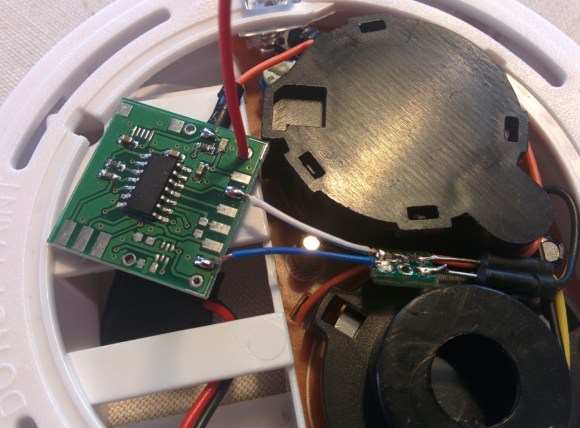Ever have that strange feeling that somebody is breaking into your workshop? Well, Hackaday.io user [Kenny] has whipped up a tutorial on how to scratch that itch by turning a spare Raspberry Pi you may have kicking around into a security camera system that notifies you at a moment’s notice.
The system works like this: a Raspberry Pi 3 and connected camera module remain vigilant, constantly scanning for motion and recording video. If motion is detected, it immediately snaps and sends a picture to the user’s mobile via PushBullet, then begins recording video. If there is still movement after a few seconds, the process repeats until the area is once again devoid of motion. This also permits a two-way communication with your Pi security system, so you can check in on the live feed whenever you feel the urge.
To get this working for you — assuming that your Pi has been recently updated — setup requires setting up a PushBullet account as well as installing it on your mobile and linking it with an API. For your Pi, you can go ahead with setting up some Python PushBullet libraries, installing FFmpeg, Pi Camera Notifier, and others. Or, install the ready-to-go image [Kenny] has prepared. He gets into the nitty-gritty of the code in his guide, so check that out or watch the tutorial video after the break.



 A faulty wire, a discarded burning cigarette, or a left-on curling iron can trigger sparks of fire to engulf everything nearby until all that’s left is brittle mounds of smoldering ash. Which is why smoke detectors are so important. They are life saving devices that can wake people up sleeping inside, well before the silent, but deadly carbon monoxide starts to kick in. But what happens if no one is home, and the alarm begins to blare? The place burns down into the ground without the owners knowing.
A faulty wire, a discarded burning cigarette, or a left-on curling iron can trigger sparks of fire to engulf everything nearby until all that’s left is brittle mounds of smoldering ash. Which is why smoke detectors are so important. They are life saving devices that can wake people up sleeping inside, well before the silent, but deadly carbon monoxide starts to kick in. But what happens if no one is home, and the alarm begins to blare? The place burns down into the ground without the owners knowing.







